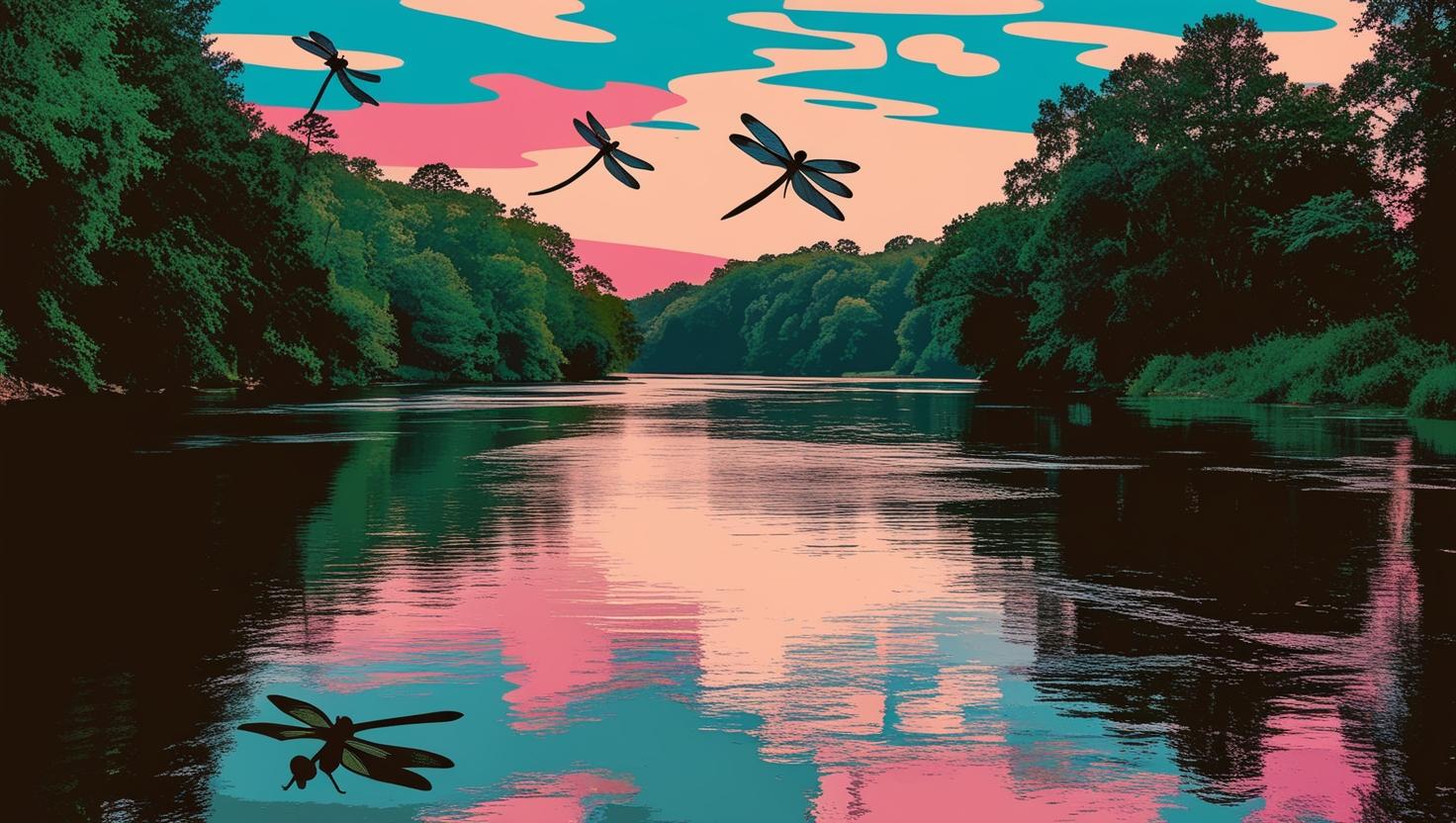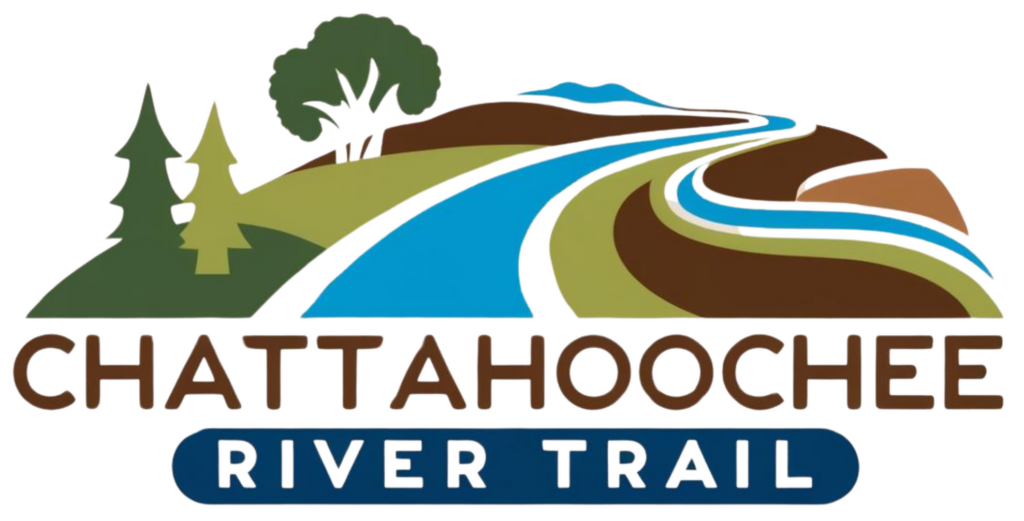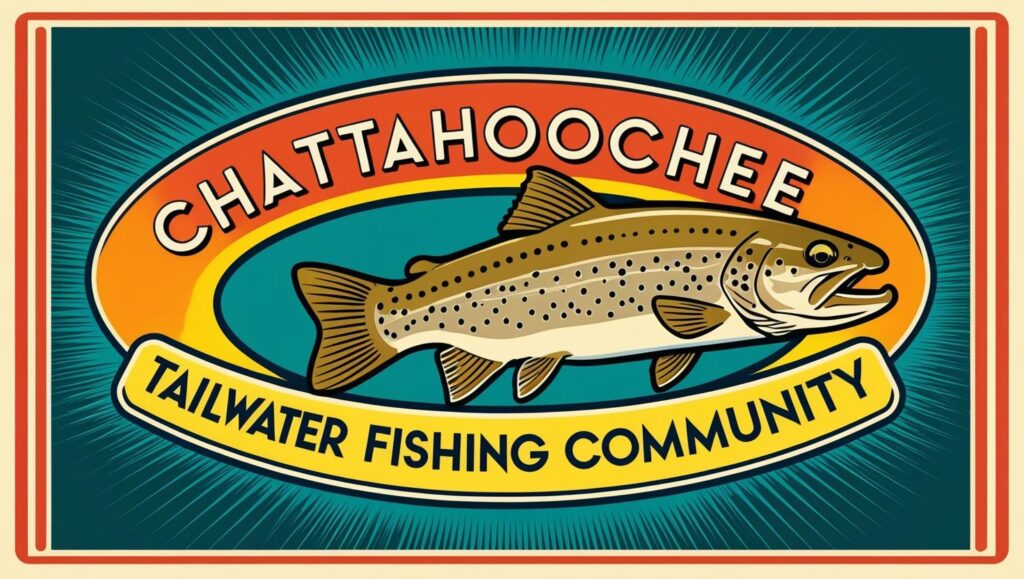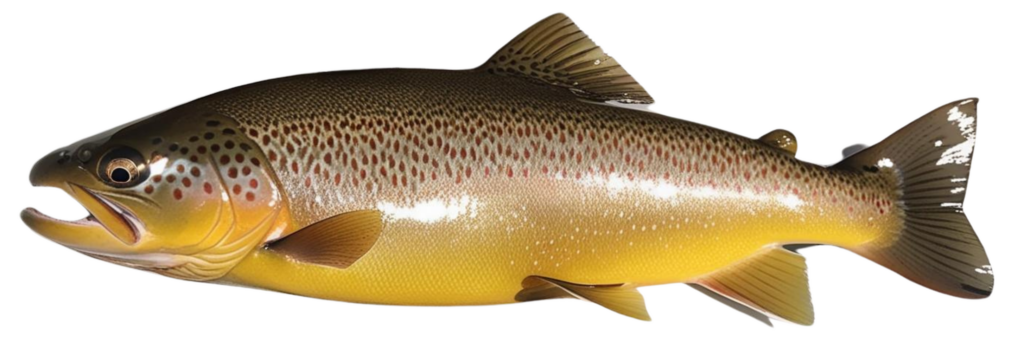Johnson Ferry Boat Ramp and Park, located in Marietta, Georgia, is one of the most popular units within the Chattahoochee River National Recreation Area (CRNRA). This site combines historical significance with a wide variety of recreational opportunities, making it a favorite destination for outdoor enthusiasts. Below is a comprehensive exploration of Johnson Ferry Boat Ramp and Park, including its history, amenities, and the factors that make it such a popular spot along the Chattahoochee River.
Historical Significance
Johnson Ferry’s history dates back to the early 19th century when it served as a vital transportation link across the Chattahoochee River. The ferry was originally known as Johnston’s Ferry, named after its owner William Marion Johnston, who operated it during the mid-1800s. Johnston’s ferry connected Atlanta with northern Georgia, facilitating trade and travel in an era when bridges were scarce. The ferry became an essential crossing point for settlers and traders seeking to move goods between communities on either side of the river.
During the Civil War, Johnson Ferry played a strategic role as Union and Confederate forces maneuvered through the region. Its proximity to Atlanta made it an important route for troop movements and supply lines. After the war, the area continued to grow as transportation infrastructure improved. By the late 19th century, ferries were gradually replaced by bridges, and Johnson Ferry Road became one of the primary thoroughfares in East Cobb County.
Today, Johnson Ferry Boat Ramp and Park preserve this historical legacy while offering modern amenities that cater to recreational activities. The park serves as a reminder of the region’s rich past while providing access to one of Georgia’s most iconic rivers.
Amenities
Johnson Ferry Boat Ramp and Park are divided into two sections: Johnson Ferry North and Johnson Ferry South. Each section offers different amenities tailored to visitors’ needs:
Johnson Ferry North
- Boat Ramp: The northern section features a paved boat ramp that provides easy access to the Chattahoochee River for motorboats, kayaks, canoes, rafts, and tubes.
- Parking: Ample parking spaces are available near the boat ramp for vehicles with or without trailers.
- Restrooms: Modern restroom facilities are conveniently located near the parking area.
- Hiking Trails: Johnson Ferry North includes approximately 2.5 miles of trails that wind through wooded areas along the riverbank. These trails offer opportunities for wildlife observation and scenic views.
- Picnic Areas: Several picnic tables are scattered throughout this section of the park, providing peaceful spots for family outings or group gatherings.
Johnson Ferry South
- Picnic Pavilion: The southern section features one of only three pavilions within CRNRA. This covered pavilion includes picnic tables and grills, making it ideal for events like birthday parties or reunions.
- Open Field: A small grassy field near the pavilion provides space for casual activities like frisbee or soccer.
- Short Trail: While Johnson Ferry South includes a very short trail, it is not as scenic or extensive as those in the northern section.
- Parking: Parking is available near Columns Drive for visitors accessing this section.
Recreational Opportunities
Johnson Ferry Boat Ramp and Park offer a wide range of recreational activities that make it one of the most visited sites along the Chattahoochee River:
Fishing
Fishing is one of the most popular activities at Johnson Ferry due to its proximity to Buford Dam. The cold water released from the dam creates ideal conditions for trout year-round. Anglers can catch rainbow trout and brown trout in this section of the river. Additionally, bass species such as shoal bass thrive in warmer downstream waters.
Boating
The boat ramp at Johnson Ferry North allows easy access to various sections of the Chattahoochee River. Popular boating routes include:
- Johnson Ferry to Powers Island (approximately 3 miles)
- Johnson Ferry to Cochran Shoals (approximately 2 miles)
These routes offer opportunities to explore calm stretches of water interspersed with mild rapids.
Paddling
Johnson Ferry is an excellent starting point for paddling trips along the Chattahoochee River. Kayakers and canoeists can enjoy scenic views while navigating gentle currents. However, paddlers should monitor water release schedules from Buford Dam before starting their trips.
Hiking
The trails at Johnson Ferry North provide opportunities for exploration and wildlife observation. Highlights include shaded paths through hardwood forests and views of rockbound shoals along the river.
Picnicking
The picnic areas at both Johnson Ferry North and South offer peaceful settings for family outings or group gatherings. Visitors can relax by the river while enjoying meals prepared on-site or brought from home.
Wildlife Observation
Despite being close to urban areas, Johnson Ferry is rich in wildlife. Visitors often spot blue herons, turtles sunning themselves on fallen tree limbs, deer grazing near trails, and other native species along this calm section of the river.
Safety Considerations
Visitors should exercise caution when engaging in activities at Johnson Ferry:
- Water Quality: Check current estimated E. coli counts before entering the river; high levels can pose health risks.
- Water Release Schedule: Sudden changes in water flow caused by releases from Buford Dam can create hazardous conditions.
- Flow Rates: Paddling trips should be canceled if flow rates exceed 4,000 cubic feet per second (cfs) for kayaking or canoeing.
Fees
Accessing Johnson Ferry Boat Ramp and Park requires payment of an entrance fee as part of CRNRA regulations:
- Day passes are available online or at park kiosks using credit/debit cards.
- Annual passes provide unlimited access to all CRNRA units.
Visitors must display their pass on their vehicle dashboard or carry proof on their phone when entering on foot or bike.
Conclusion
Johnson Ferry Boat Ramp and Park stand out as one of the most versatile destinations along the Chattahoochee River due to their blend of history and recreation. Whether you’re launching a kayak for a peaceful paddle downstream or casting a line into trout-filled waters near Buford Dam’s tailwater zone, this site offers something for everyone. Its rich past combined with modern amenities ensures that visitors leave with lasting memories of this remarkable location along Georgia’s iconic river corridor.




